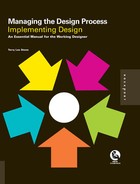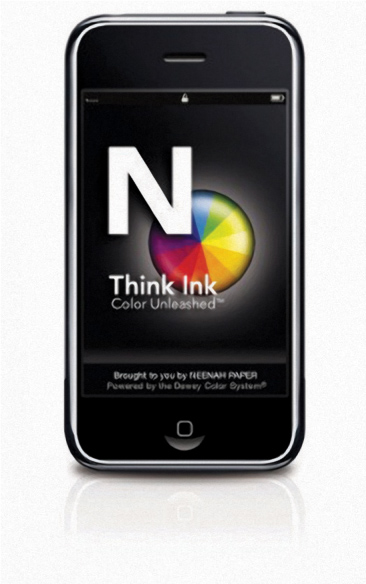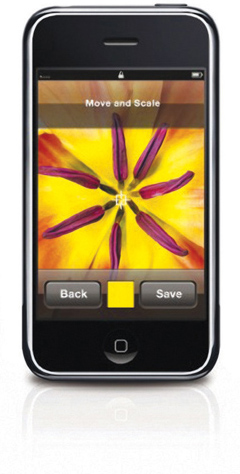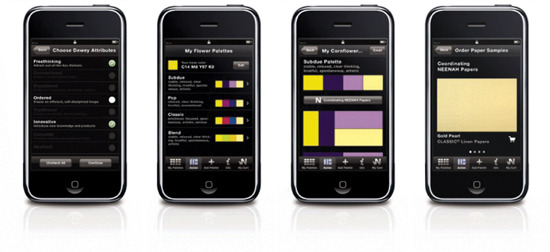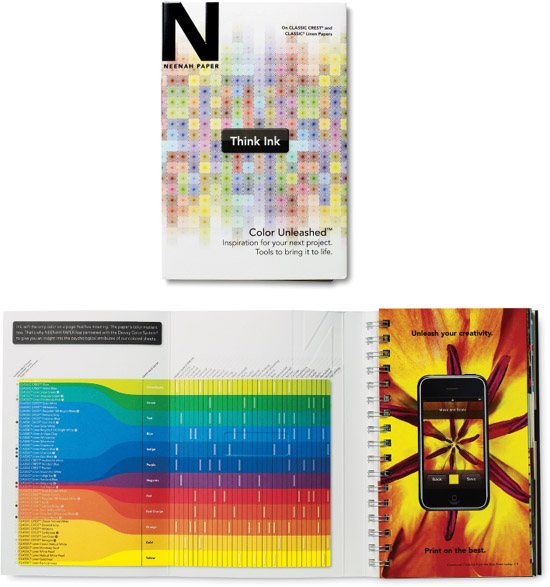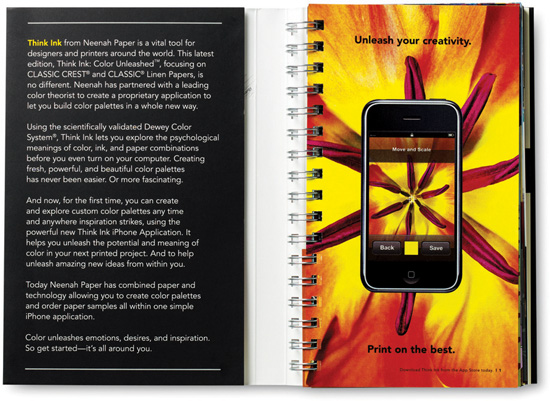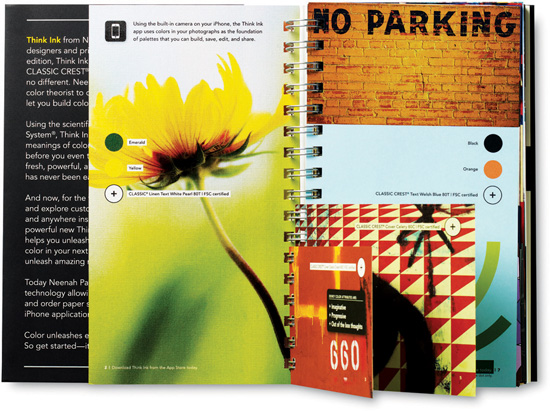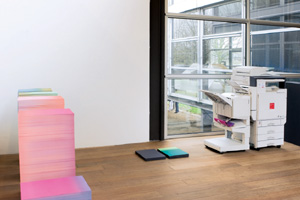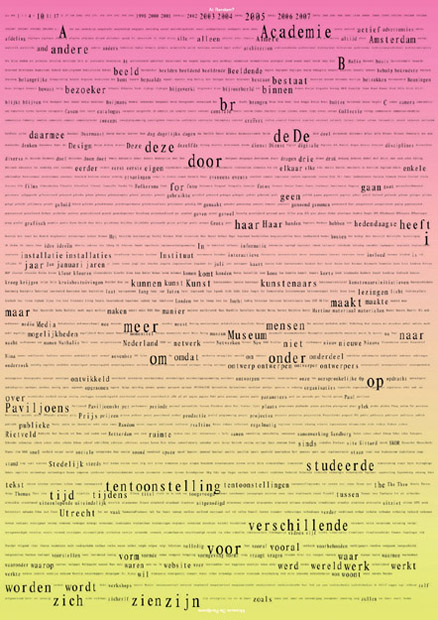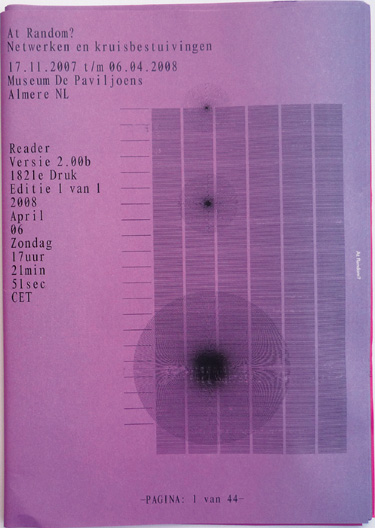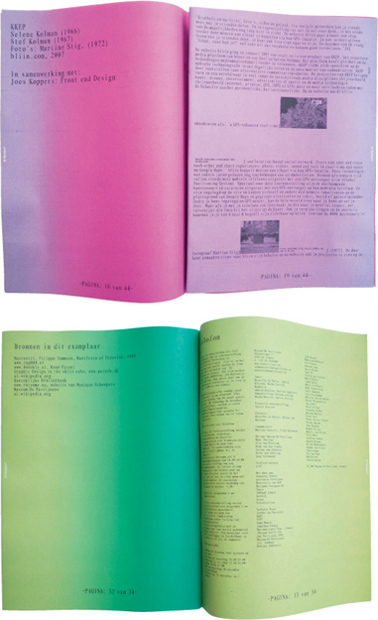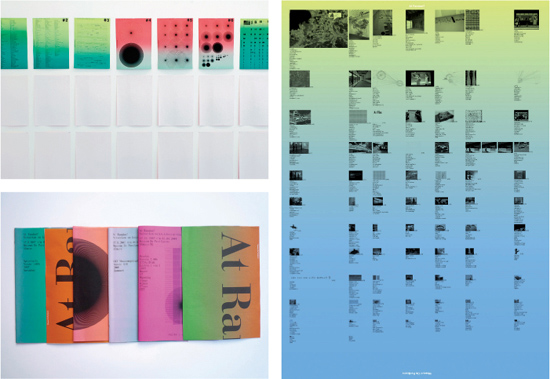Chapter 8
Profitability
Being Profitable in Graphic Design
Although many people get into graphic design for the joy of creating things, they remain in it because they become at least workably good at all the business aspects of design. They learn to handle projects with quality, ingenuity, and accuracy; develop interesting and fruitful collaborative relationships; and subsequently are compensated fairly for all of these activities. One thing that keeps designers in businesses that are thriving is to understand and monitor the profitability of their client relationships.
Profitability is the income generated from your work minus the expenses incurred to make that income. The difference in those two numbers is called profit, and the measurement ratio of profits is called profitability. In addition to the many creative and client requirements, the goal of every design project should be to manage it with profitability in mind.
There are a few ways to look at profitability that are useful for graphic designers:
• By project: How did you do on a particular assignment?
• By client: Over the course of your working relationship, are you profitable on this client’s projects?
• By employee: Does this person deliver great work in less time than estimated? On every client’s jobs? What types of projects are best?
• By task: Are you better at and more profitable with logo design or web animation? What activities and services give you the highest return on your time?
• By time: Is there a time of the year when we do business that is at higher earnings?
• Overall: Looking at an entire month (or quarter, or year), are we actually losing or making money?
What Impacts Profitability
Many things impact a designer’s profitability. Some can be easily controlled, and others are more difficult to alter. Here are a few factors to consider:
• Your clients: Certain categories of clients pay more. Some industries are not as lucrative as others. For example, a publishing company pays less than a Fortune 100 consumer product corporation. Also, do they make endless revisions? Do you let them?
• Your pricing structure: Are you competitive in the marketplace? Are you charging too little? Are your calculations off?
• Your estimating: Are you pricing accurately? Do you allow enough time? Do you include all fees and expenses you’re entitled to?
• Your project management: Are you consistently reviewing, monitoring, and managing team work flow according to your plan? What areas are strong? What are weak?
• Your work: Some forms of graphic design do pay more—for example, animation bills out more than newsletters. Do you make more money with particular delivery media than others?
• Your productivity: Do you work efficiently and make decisions quickly? Are you mindful of budgets?
Do It Better Next Time
Learn from current projects so that you can increase profitability in the future. In addition to the postmortem, look at the following financial reports, which you or your bookkeeper can generate from accounting software and, in some cases, from project management software:
• Actual sales (open jobs) versus forecasts or projected sales (list of proposals): This helps you understand if you are priced properly in the marketplace, among other things.
• Estimates versus actual costs: This lets you know how good your estimating, project management, and productivity are.
• Gross margin versus overhead: This shows if your investment in overhead (people and facilities) is paying off and helping you make money (or not).
Through these hard-core evaluations, designers can get set aside emotional attachments to clients and projects and look at what they do best in terms of financial gain. Money isn’t everything, but it does affect a designer’s creative output, working relationships, and general enjoyment of his or her work. Loving what you do is important, but you must balance that with making a viable income.
Eight Things That Help Increase Profitability
The Importance of Ongoing Design Management
Design management is challenging. Running a graphic design business is, for the most part, exceptionally challenging. Being successful at a service-oriented consulting profession such as graphic design is difficult to accomplish consistently year after year, all while maintaining creative excellence.
Just as designers constantly strive to improve their creative and technical skills, they also need to work on growing their communication and business skills. This is the ongoing practice of design management that has been the subject of this book. And it is the essence of building great client relationships. Finding and attracting those great client relationships is an ongoing game worth engaging in.
Profit from Good Relationships
Clients have difficulty sometimes understanding the difference between one designer and another. They review their portfolios, ask a few questions about their process, but rarely get at some of the key issues that will determine whether the designer–client relationship will be effective and enjoyable. Yes, many designers can make great work for their clients, but the central question a client should be asking is: Can this designer make great work for us?
By the same token, a designer should be looking long and hard at a prospective client and asking: Can we really work for this client? Will we be happy? Will they let us do great work? Will we be paid fairly? Are we going to make or lose money on this client? The answers will change day to day.
Profitability is just one indicator to a design firm that it is on the right track and is successful in its practice. There are many other indicators, but at the end of the day, designers can’t stay in business if they can’t run their practice in a profitable manner and do excellent creative. A designer can’t make great work in a chaotic, unprofitable context. It’s all about order, insight, and design management.
